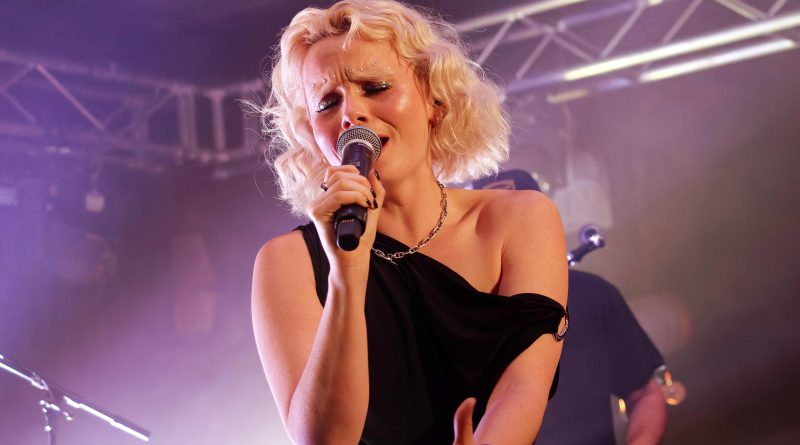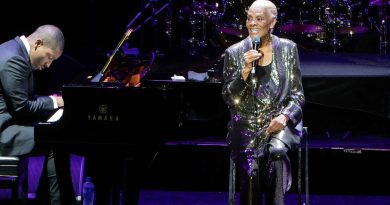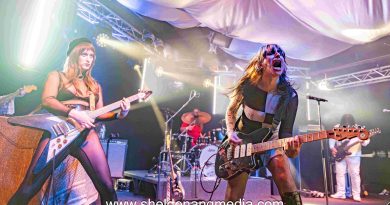Live Review: Ishmael Ensemble with guest Horatio Luna
Review by Jeana Thomas
Photography by Jeana Thomas Photography
22 January at the Night Cat, Melbourne
A Sonic Journey of Soul and Sound
Melbourne’s Night Cat was the ideal location for the recent performance by the Ishmael Ensemble because of its warm and lively ambience. The Night Cat, renowned for its eclectic live music offerings, serves as a venue where genre boundaries are often transcended, making it an ideal setting for the band’s unique fusion of jazz, electronic and world music. Ishmael Ensemble delivered a performance that wasn’t just about the music, it was an experience that resonated with both the body and the soul.
Ishmael Ensemble is a talented collective from Bristol, UK, known for their innovative mix of jazz, electronic and experimental sounds. Their music takes listeners on a journey, blending rich melodies and powerful rhythms with a fresh, genre-defying approach. The band is made up of Peter Cunningham (saxophone and FX), whose expressive playing and creative effects add depth and texture to their sound; Jake Spurgeon (bass and synths), laying down smooth basslines and electronic atmospheres that anchor the group’s vibe; Rory O’Gorman (drums), the heartbeat of the band, whose grooves push the band forward with every beat; Stephen Mullins (guitar), whose guitar work adds intricate layers and emotion to the mix; and Hollysseus Fly (piano, vocals and synths), whose soulful voice and multi-instrumental talents bring a powerful and dynamic presence to the group. Together, they create a sound that’s all their own, reflecting the diverse and experimental spirit of Bristol’s vibrant music scene.
As smoke filled the room in anticipation of the band’s entry, it became evident that this performance would not conform to the usual standards of a typical performance. The ensemble’s ability to weave together jazz improvisation, electronic soundscapes and global rhythms created a seamless and dynamic sound that kept evolving throughout the night. It was a sonic journey, one that felt spontaneous, yet carefully crafted and it pulled the audience in from the very first note.
Peter Cunningham himself is a captivating performer. He skilfully manoeuvred between his saxophone and various other instruments, guiding the ensemble through a series of ever-shifting grooves. The rhythm section, which included bass, drums and percussion, was equally impressive. The beats were intricate but solid, creating a foundation that allowed the more experimental elements to unfold organically. The percussion, in particular, was striking, its intricate patterns brought an earthy texture to the performance, connecting the electronic flourishes with the raw energy of live music.
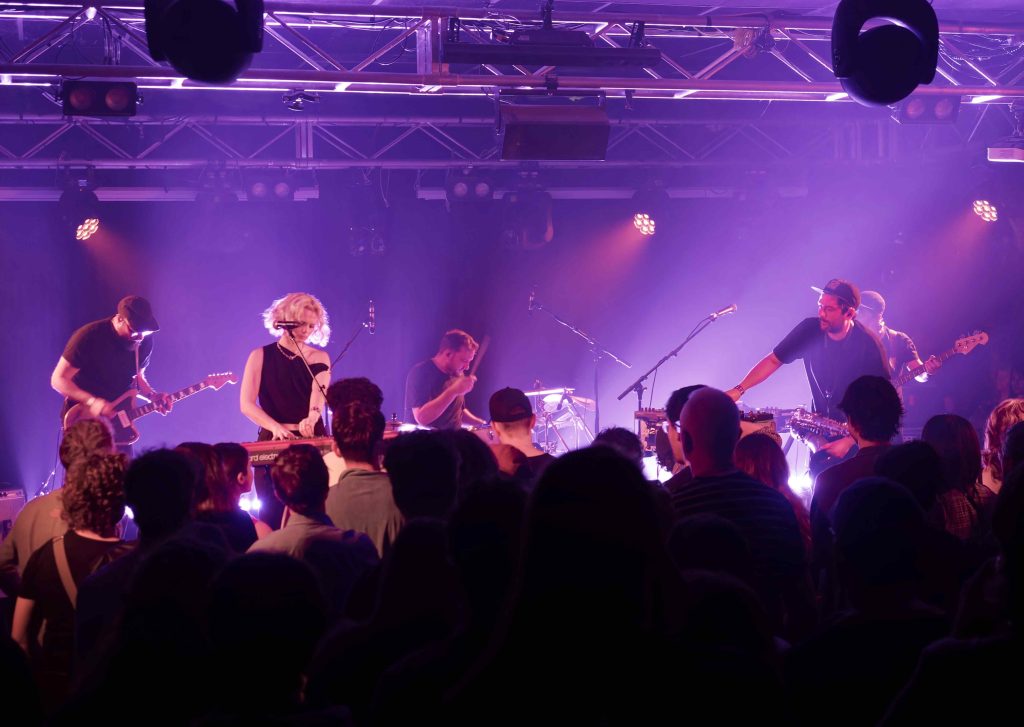
What I really admired about Ishmael Ensemble is their exceptional ability to blend organic live instruments with electronic production. The live saxophone melodies were beautifully complemented by atmospheric synths, deep basslines and occasional glitchy sounds that added an edge to the music. The integration of the electronic elements was done with a light touch, nothing ever felt overpowering. Instead, the mix felt natural, with each sound enhancing the other. The live instrumentation remained at the heart of the performance, but the electronic layers elevated it to another level, adding a futuristic and immersive quality to the music.
Throughout the night, the ensemble effortlessly moved between genres. There were clear jazz influences, with moments of free improvisation that allowed each musician to shine. The performance didn’t stay rooted in jazz alone. Dub, funk and world music elements were also woven in giving the performance a rich, multicultural texture. This wasn’t about simply fusing genres for the sake of it, each style felt like a natural extension of the others, contributing its unique flavour to the overall mix.
One of the standout features of the performance was the way the ensemble played with dynamics. The music often began in a laid-back, mellow groove, only to slowly build in intensity. The ebb and flow of the performance kept the audience on their toes, as the energy shifted from quiet moments to full-band eruptions. The electronic breakdowns were particularly hypnotic, stripping everything back to a minimalistic pulse before swelling back into a powerful, percussive climax. These shifts in energy were not just exciting; they were deeply emotional, drawing the audience in and keeping them engaged from start to finish.
Despite the tightness of the compositions, there was an openness in the performance, as though the musicians were exploring the music together in real-time. This sense of spontaneity was infectious and it was clear that the band wasn’t just playing for the audience, they were inviting them to be part of the musical conversation.
Ishmael Ensemble mesmerised the crowd with a stunning set starting with “Feather”, followed by “C’Mon”, ”Blinded”, “Dust”, “Madrid”, “Leviathan”, “Soma”, “The Gift”, “Ezekiel”, “Fever Dream”, “Rebuke”, “Butterflies”, “Knotty” and closing with the ethereal “Waterfall.”
The lighting at The Night Cat also played a key role in enhancing the performance. During the more ambient, electronic-heavy moments, the lighting softened, casting cool blues and purples over the stage. This created a dreamy, almost ethereal quality to the sound. When the music became more energetic, the lights would shift to warmer hues, adding a sense of excitement to the atmosphere. The lighting synced perfectly with the music, adding an extra layer to the immersive experience.
What made this performance memorable most was the connection between the band and the audience. They didn’t just perform for the crowd; they immersed themselves in them. The joy of musical discovery, of pushing boundaries and breaking free of genre constraints, was apparent. By the end of the night, the audience erupted into applause, not just for the band’s technical skill, but for the emotional depth and raw energy that had been channelled into every note.
Ishmael Ensemble is a stunning example of how music can transcend genres to create something unique. Their ability to combine jazz with electronic elements while still maintaining a groove and soul is really rare. Their sound constantly evolving with this band being one of the most exciting and innovative groups in the contemporary music scene right now.
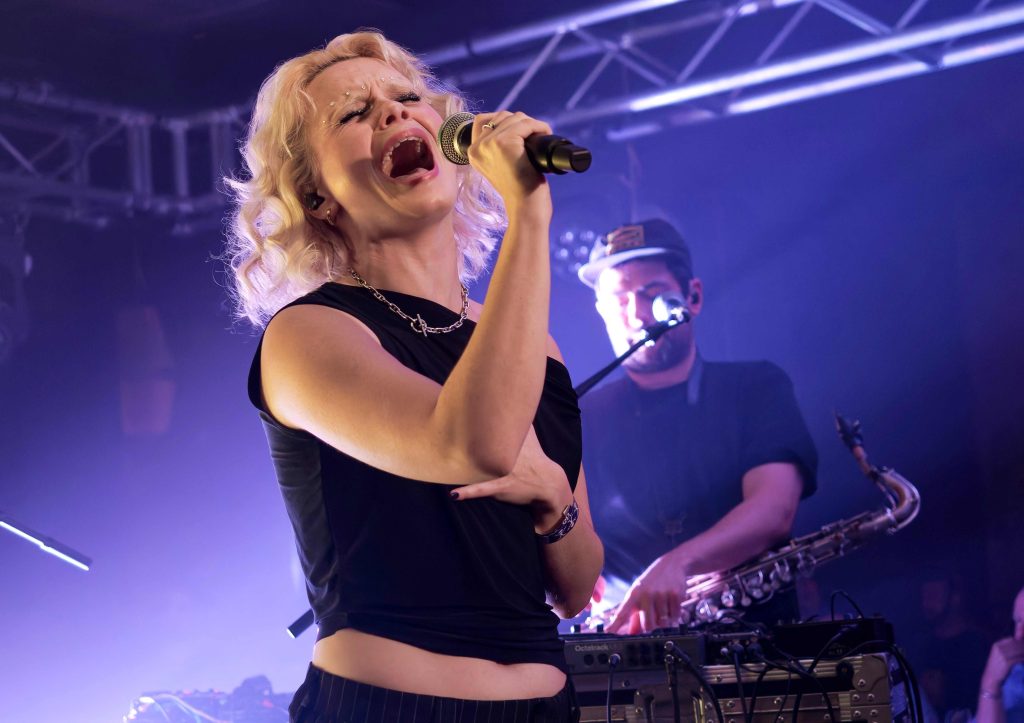
Horatio Luna
On a Wednesday night at The Night Cat, the intimate Melbourne venue known for its rich history and eclectic music offerings, something truly special happened. Horatio Luna, an artist who seamlessly blurs the lines between soul, jazz, funk and electronic music performed with his band in a show that pushed the limits of genres and defied expectations.
Horatio Luna (Henry) is a boundary-pushing artist. As a composer, bassist and producer, his ability to navigate multiple musical worlds without ever feeling out of place or forced is just remarkable. Luna’s performance was an expansive journey, one that carried the audience through a maze of textures, rhythms and moods, all tied together by his deeply infectious grooves.
Luna’s mastery on the bass was, of course, a key focal point of the night. His basslines were anything but conventional. They weren’t merely the foundation for the band to build upon; they were the pulse, the heartbeat and the driving force of the music. Luna’s playing exuded a relaxed confidence, but it was never lazy. Each note was purposeful, deliberate and full of life. The deep grooves he laid down underpinned everything, whether he was holding down a funky rhythm or guiding the music into more complex, jazzy territories.
What made this unique for me was Luna’s seamless fusion of live instrumentation with electronic elements. As a producer, Luna has a keen understanding of how to make technology work in harmony with organic sounds. His ability to blend loops, samples and synths with the live band created a soundscape that was as dynamic as it was unpredictable. While the band was in full swing, the electronic elements would enter subtly, weaving in and out like a pulse, keeping things fresh and unpredictable. The result was a kind of musical tension, a constant push and pull between the human and the synthetic.
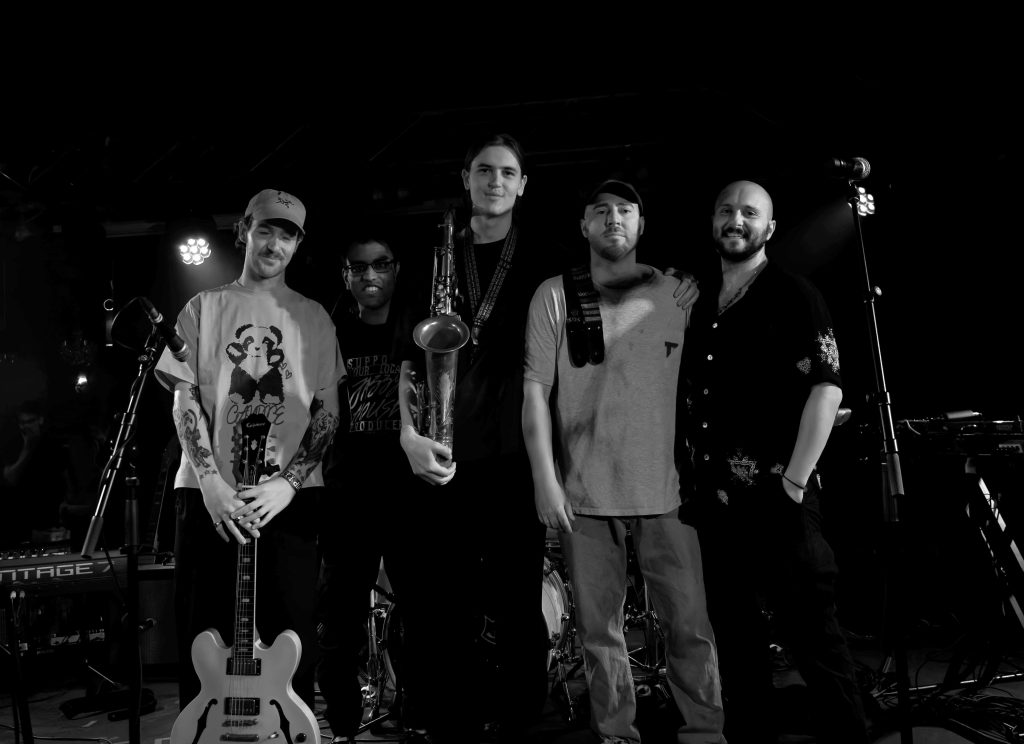
The band itself was a dream team, with each member adding their own unique flair to the performance. The rhythm section of drums and bass was tight, providing the groove-heavy backbone of the music, while the keyboards, guitar and sax brought layers of depth and complexity.
Luna’s setlist was an ever-changing landscape, full of surprises and musical twists. Each song had its own distinct flavour, yet they all shared a common thread: a love for experimentation and groove. Some songs had a more straightforward funk feel, with infectious basslines and sax that made you want to move. Others ventured into jazzier territory, with intricate improvisations and complex time signatures that kept the audience on their toes. Still others were ethereal, minimalist electronic explorations that felt like a journey into a different dimension. No matter the direction, though, Luna’s ability to keep everything grounded in a deep sense of rhythm ensured that each piece flowed naturally into the next.
The visual side of the performance was as carefully crafted as the music. The lighting at The Night Cat, soft. colourful and atmospheric, shifted in tandem with the mood of the music, enhancing the overall experience. During the more introspective, electronic-heavy moments, the lighting would dim, casting shadows over the stage and giving the music space to breathe. During the funkier, more energetic moments, the lights would brighten, casting a warm glow over the room and encouraging the audience to move along with the rhythm.
At the heart of it all was Luna’s ability to create a sense of connection. Despite the musical diversity on display, the performance never felt fragmented or chaotic. Every genre jump, every electronic flourish and every improvisational flourish felt intentional. Luna’s confidence as a bandleader and performer allowed the musicians to take risks, knowing that they were all on the same musical journey.
By the end of the show, it was clear that Horatio Luna isn’t just a musician, you get the sense that he’s more of a musical architect, carefully crafting sounds and structures that allow the audience to lose themselves in the music. As the final notes of the night rang out, the crowd erupted into applause, a collective acknowledgment of the genius that had just unfolded before them.
Luna’s performance was a lesson in genre fusion and musical innovation. His ability to move effortlessly between different musical landscapes while maintaining an infectious groove is a rare gift. In a city known for its vibrant and diverse music scene, Luna is carving out a space for himself as a truly unique and forward-thinking artist. If his performance at The Night Cat is any indication, his future in the world of music is set to be filled with even more genre-defying moments and boundary-pushing sounds. It’s an exciting time to be a fan of Horatio Luna and an even more exciting time to witness his journey unfold.
Sheldon Ang Media would like to thank Untitled Group for the invite
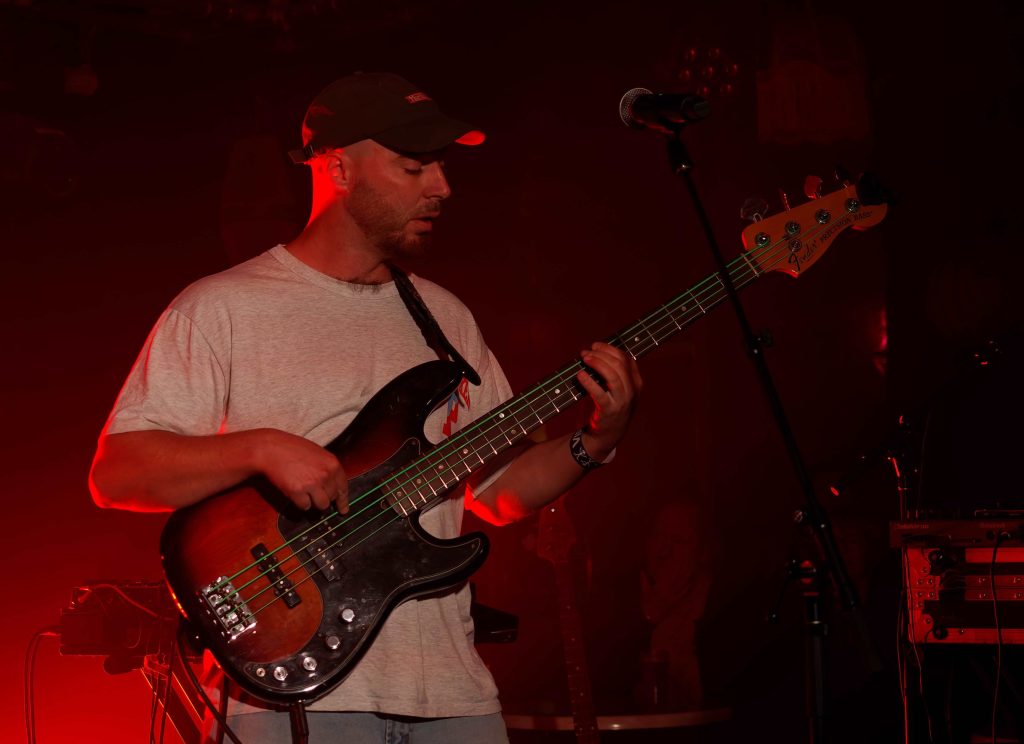
About the Writer: Originally hailing from Western Australia, Jeana Thomas now thrives in the vibrant city of Melbourne. Amidst the hustle of her role in a prominent teaching hospital, she also navigates the dynamic world of entrepreneurship as the owner of a medical transcription company. Beyond her professional endeavours, Jeana finds solace and joy in the rhythm of music, the allure of travel and the artistry of photography, with a particular passion for wildlife photography.
About Sheldon Ang Media: Sheldon Ang Media (est. May 2022) have been accredited to more than 140 of the hottest acts including Coldplay (Perth), Taylor Swift (ERAS Tour in Sydney), KISS, Iron Maiden, RHCP, P!NK and The Kid LAROI with reviews shared by the likes of Belinda Carlisle, UB40, Delta Goodrem, The Wiggles and Toni Childs on social media. The founder has interviewed rockers Suzi Quatro, Ace Frehley (KISS), John Steel (The Animals), Frank Ferrer (Guns N Roses), Phil X (Bon Jovi), Andrew Farris (INXS) plus over 70 artists. SAM is also a music journalist on the Triple M Radio network.
